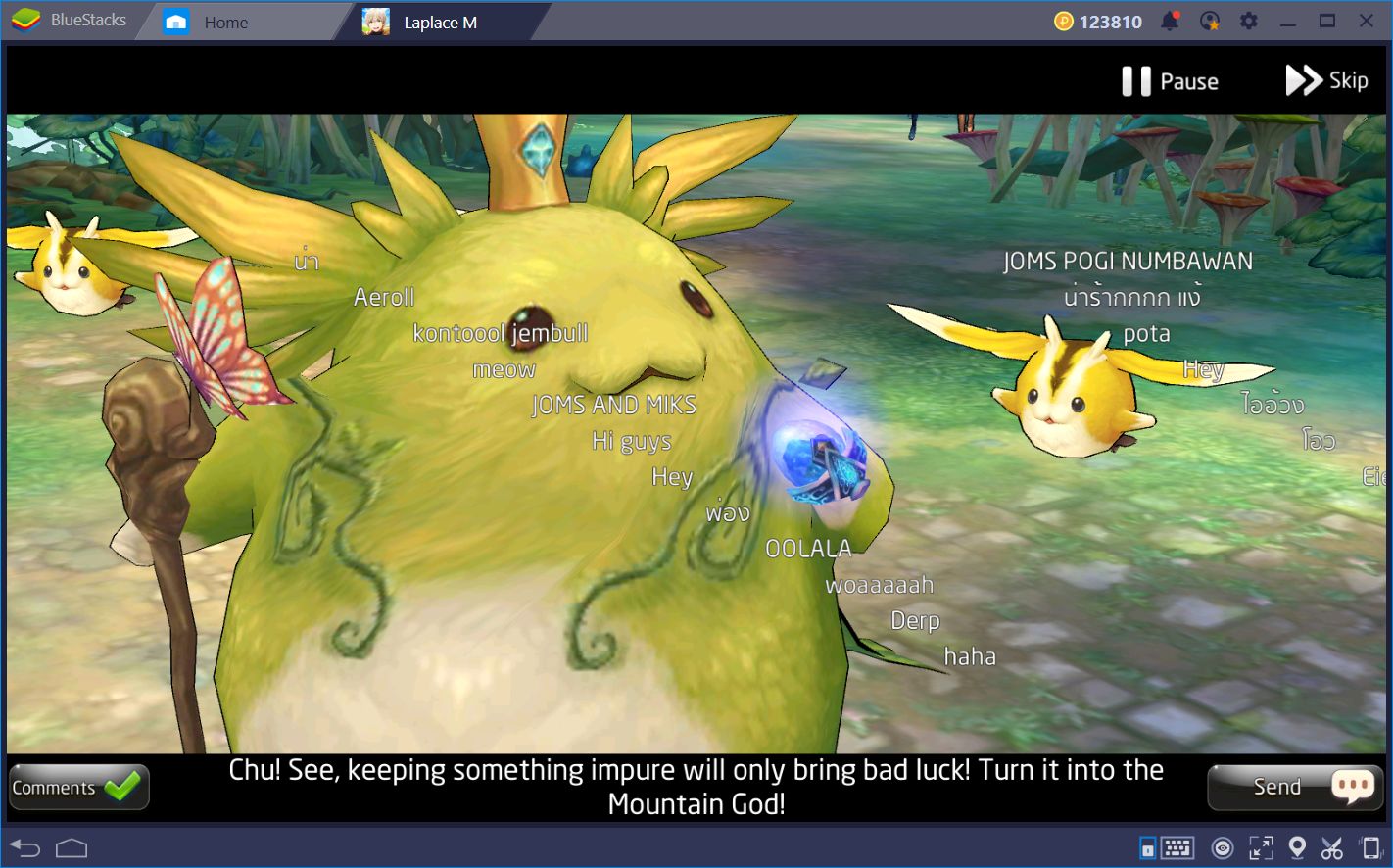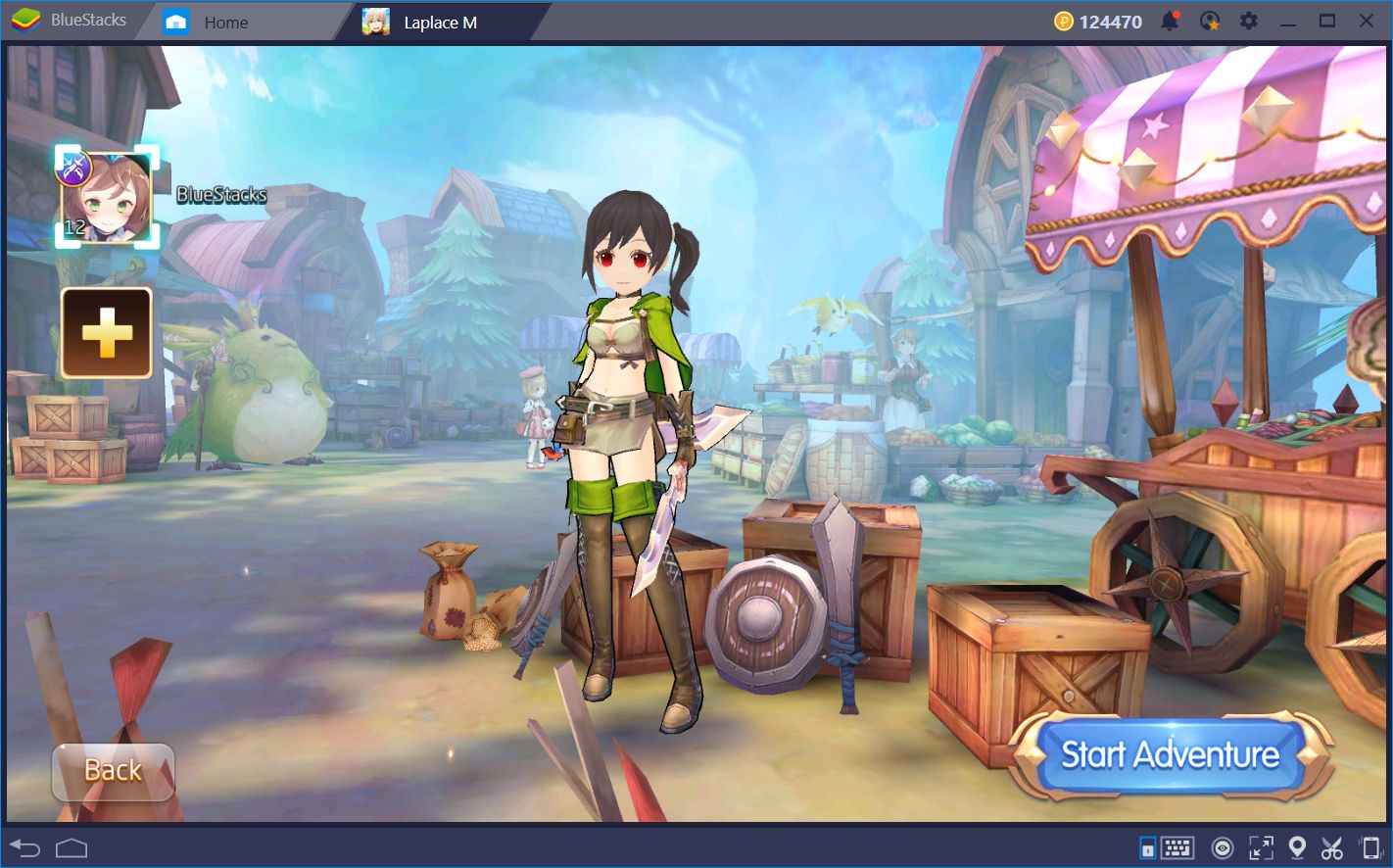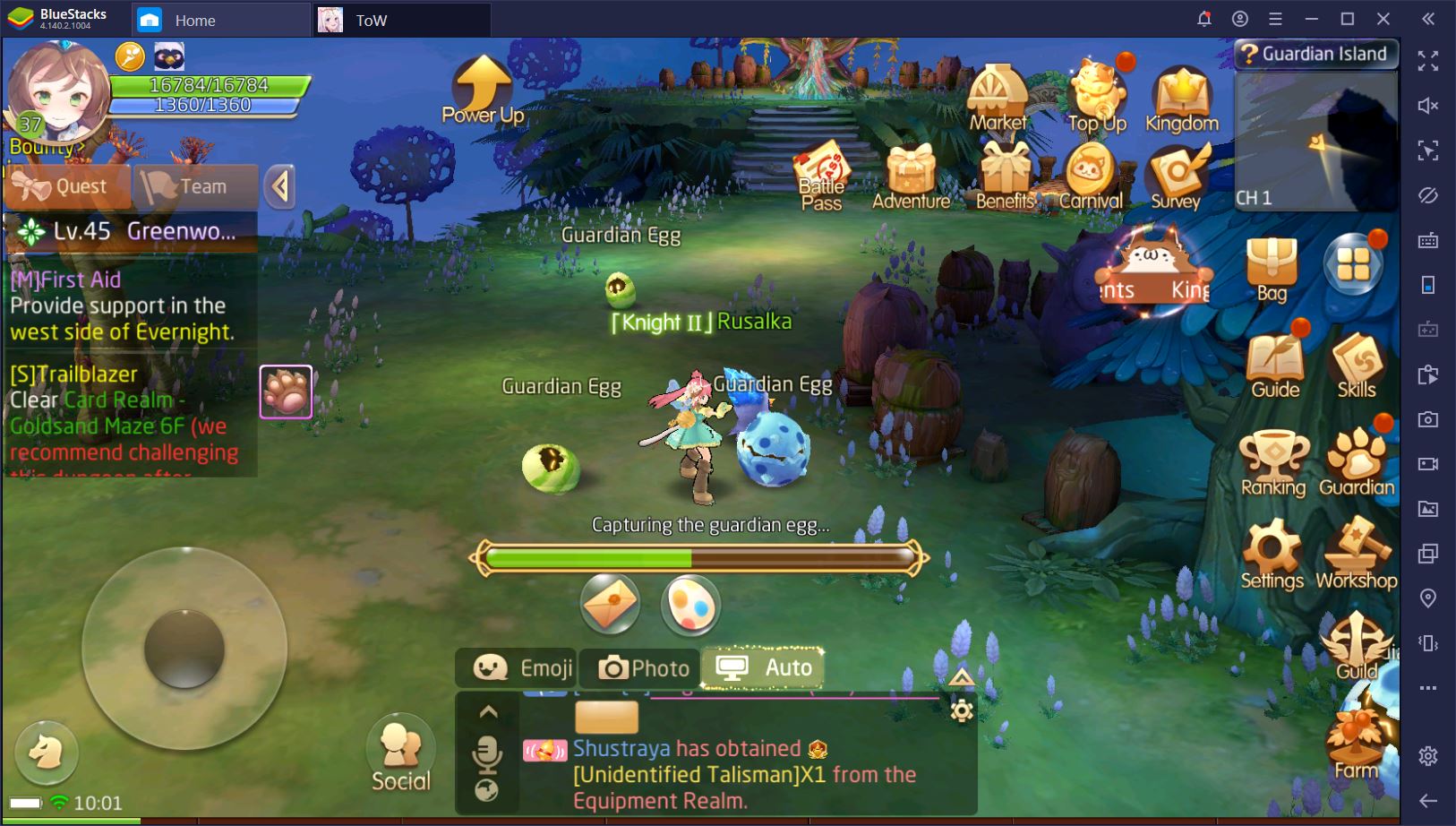Tales of Wind : The Complete Farmer’s Guide
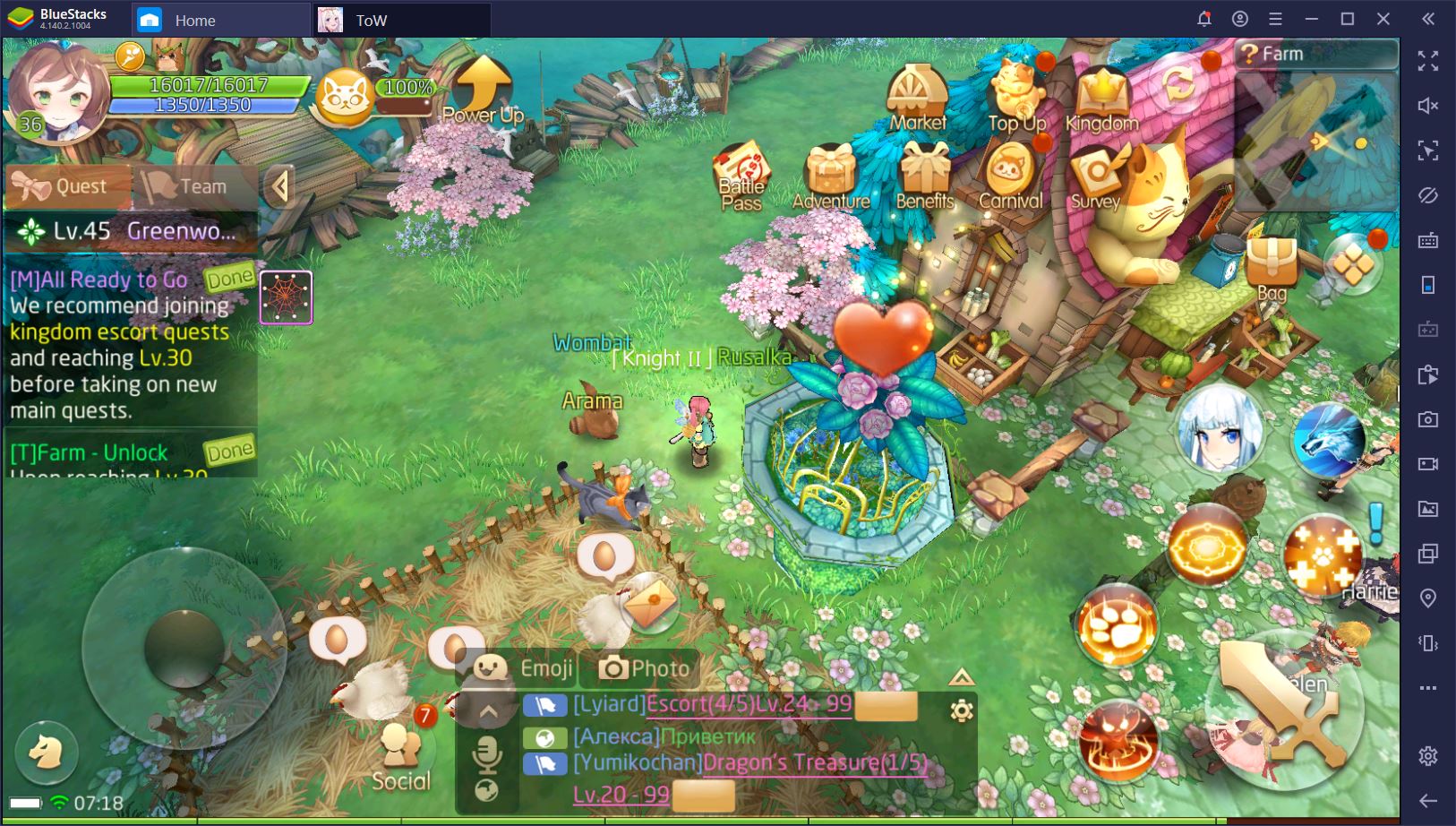
There will be times as you progress through the main questline in Tales of Wind when you will have to take a short break from the action in order to gain more EXP and become stronger. This might even take several days to achieve, but, luckily, there are many other things you can do in this MMORPG to stay busy. Farming is one of them.
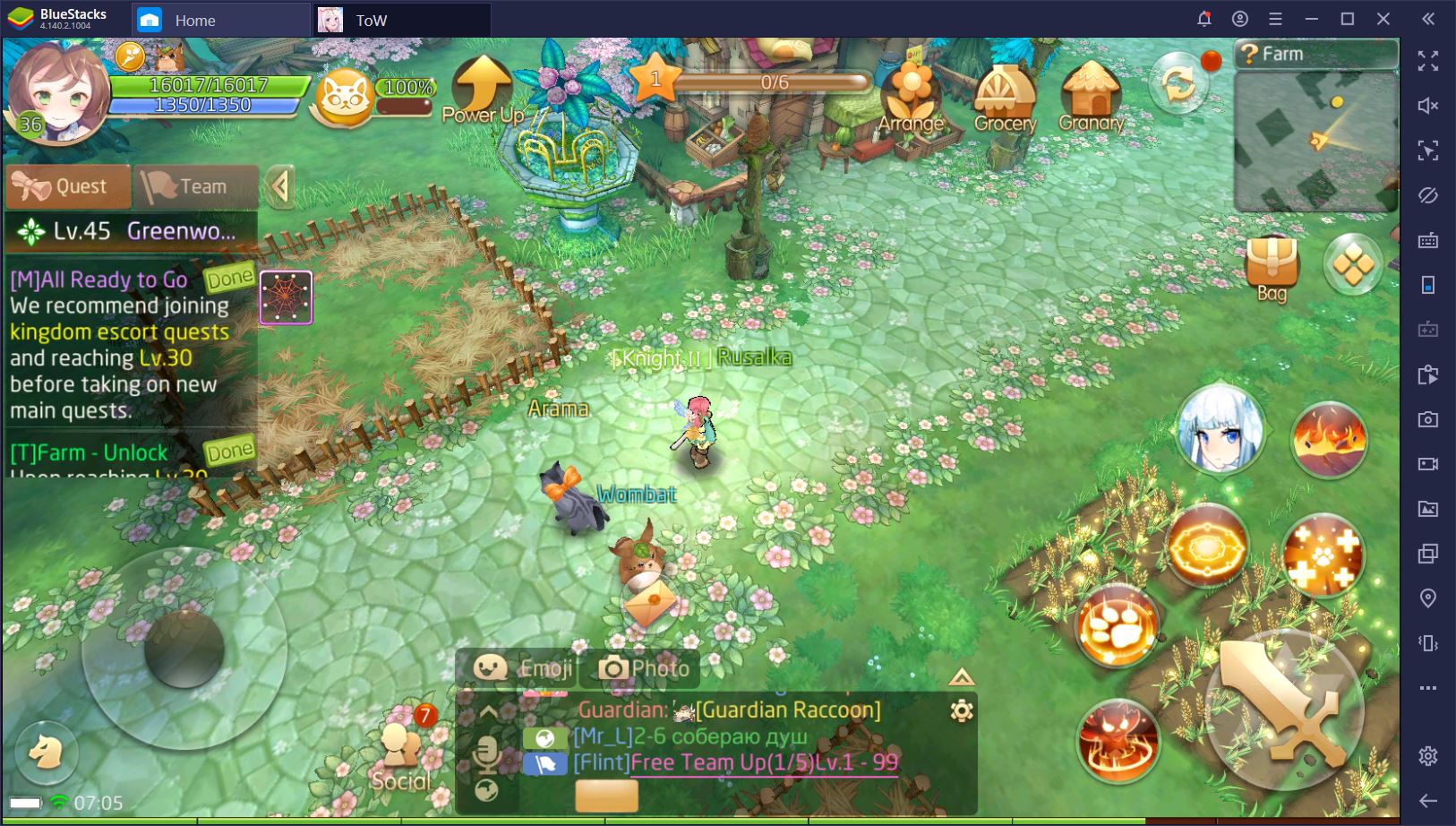
At level 30, you can unlock your farm by going to the Kingdom screen and pressing the correct feature. You will be asked to spend 100 Kingdom Fame, however, so remember to keep some stashed as you progress through the early-game. The Farm is a whole new game of its own, which is great if you’re looking for a way to spend time between main quests.
Become Familiar with the Farm Shop
Once you unlock the Farm, you’ll notice that there are a few things you can produce here, from crops to honey, eggs, and more complex manufactured goods. Not all of these options will be available at first, but they will be added to your Farm as it increases in level. The resulting inventory will not be for your consumption, but rather to be sold in the Farm Shop.
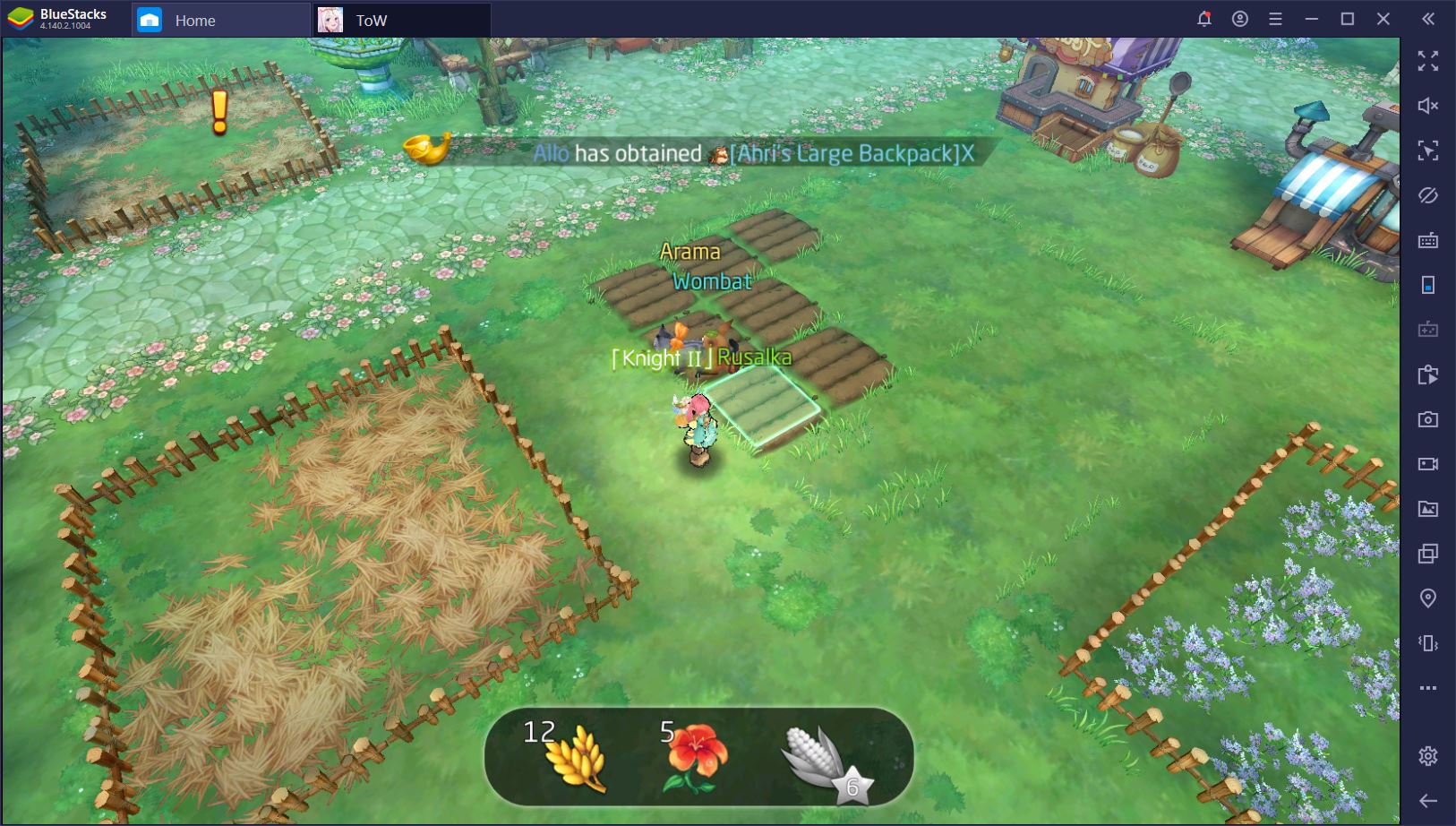
Here, you’ll receive a bunch of customers every day and each will have his or her own list of demands. You will have to put together each order and finally trade it for Farm Coins and EXP. The shop is, in fact, your main source of income and the best way to level the Farm. You should complete as many orders as possible each day to ensure that the customers are always happy and that your Farm keeps growing.
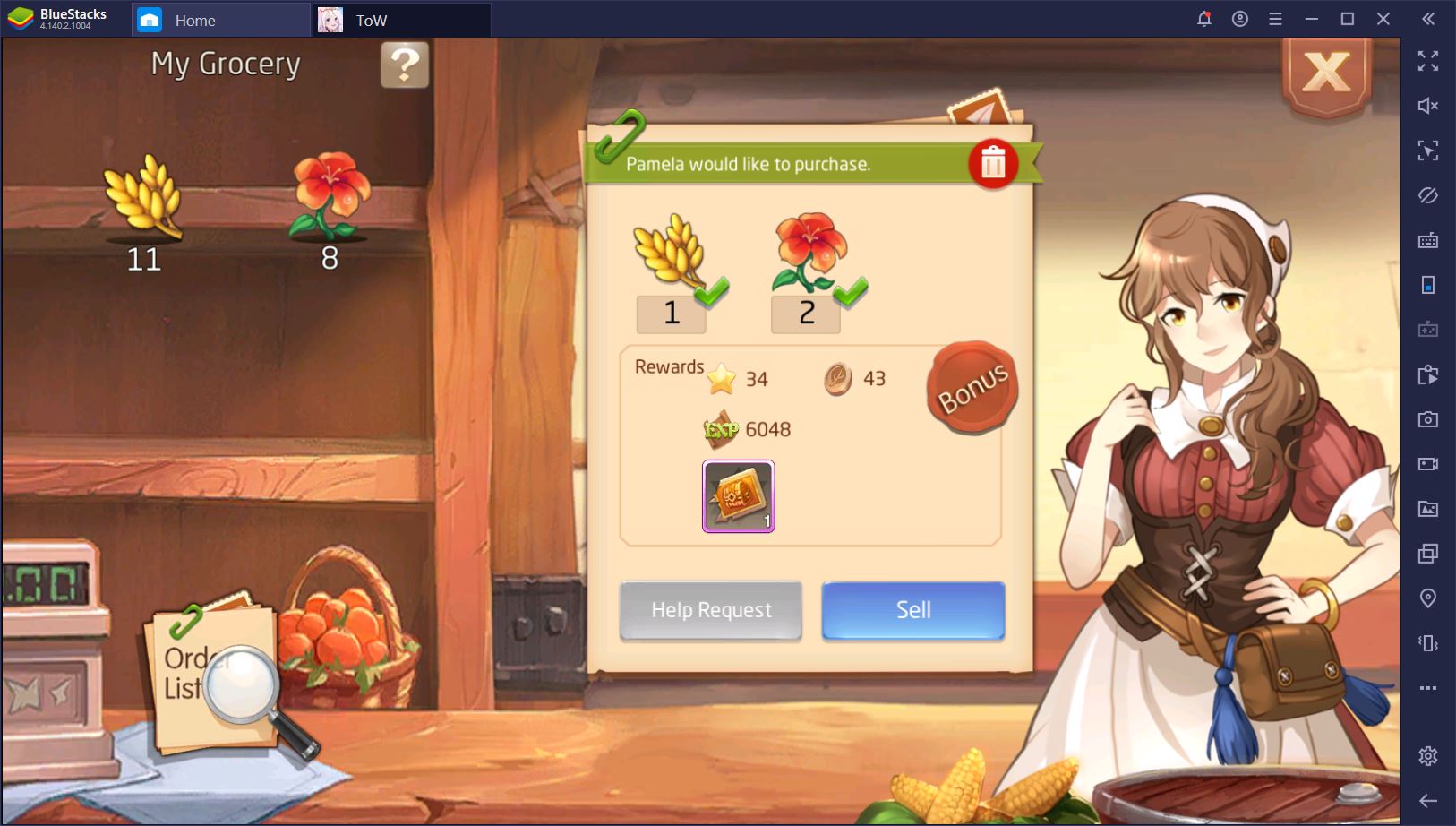
There will be a line of customers waiting for you when you log in every day. You don’t have to serve them in order, but it’s a good idea to get to everyone in a decent amount of time. No customer will ask for something you cannot yet produce, which is nice, but you will have to be very wary of inventory space if you want to fulfil all orders without wasting goods.
Keep a Bit of Everything in Your Inventory
Your range of produce will initially be comprised of just a few basic items – grain, corn, flowers, eggs, and honey. You can obtain the first three by working the fields, while the last two must be obtained from chicken and bees, respectively. Chicken and bees will require grain and flowers to work their magic, while the fields will obviously need to be planted in order to generate crops.
If you run out of a basic resource, you can spend coins to get more. However, this is not desirable since you’ll want to save your coins for more important purchases. Instead, you should always make sure that you have a bit of grain, corn, and flowers left in your inventory. To sow a field with either of these crops, you only need to use 1 copy as a seed. Once the plant matures, you can harvest 2 copies of whatever you have sowed.
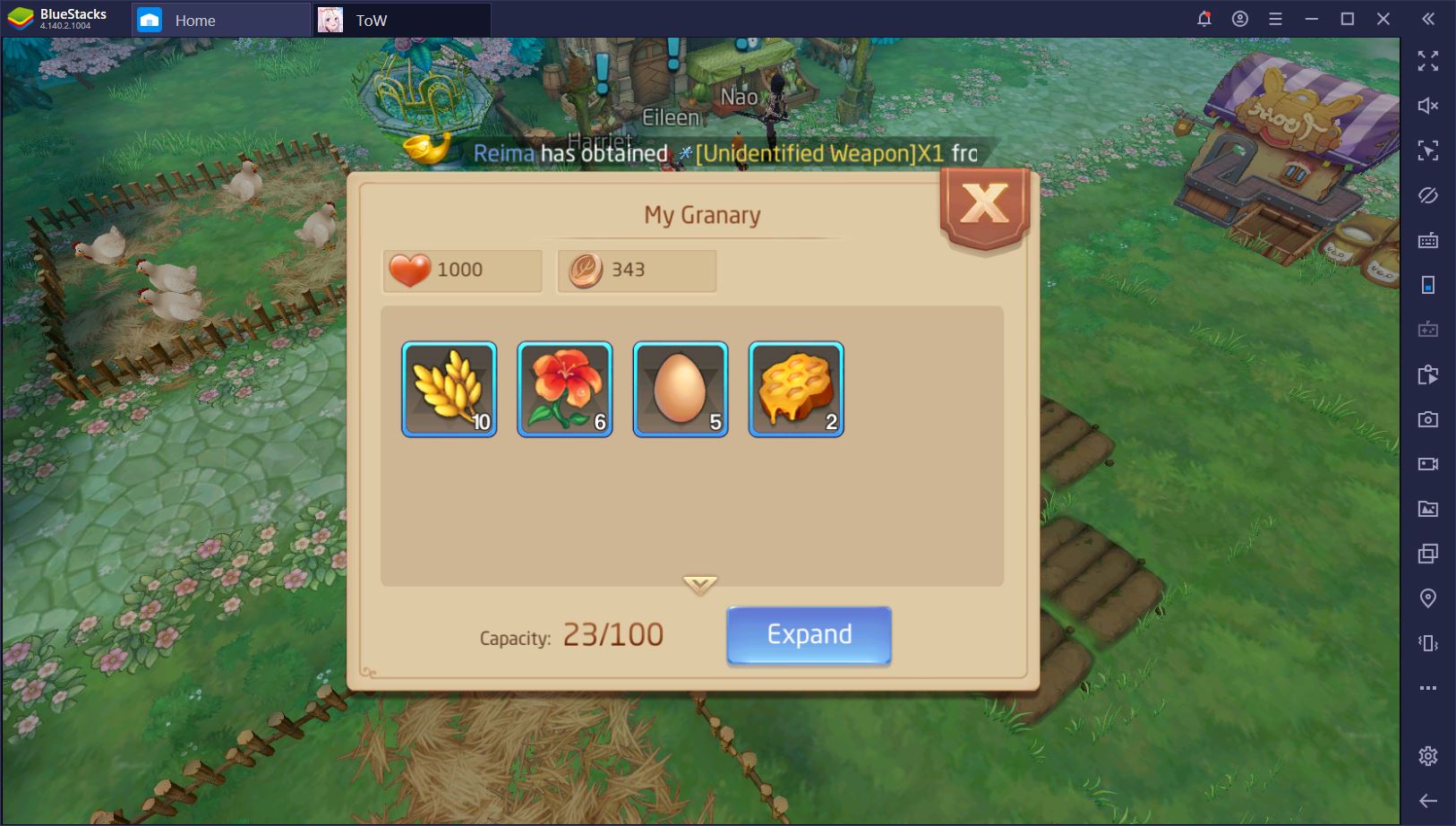
In addition, because the number of goods you can produce and sell will eventually grow, you’ll have to keep a close eye on your inventory space throughout the day. For example, you can prepare your shop for tomorrow’s orders so that you expedite the entire shopping process. Yet there is no way to know what exactly your customers will want in the following day, so it’s a good idea to leave a few inventory spots open. That way, you won’t have to delete previous goods to make room for something your customer wants, but you don’t yet have.
Finishing, Logging, and Mining
The Butler you find in the top right area of the Farm is where you’ll want to spend most of your hard-earned Farm Coins. As your Farm develops, you’ll find plenty of eye-catching improvements here, but, to begin with, you should purchase a Rod, Axe, and Pickaxe. Each of these items will grant you access to a new resource, but you can only be used 10 times before you have to spend more coins to get new ones.
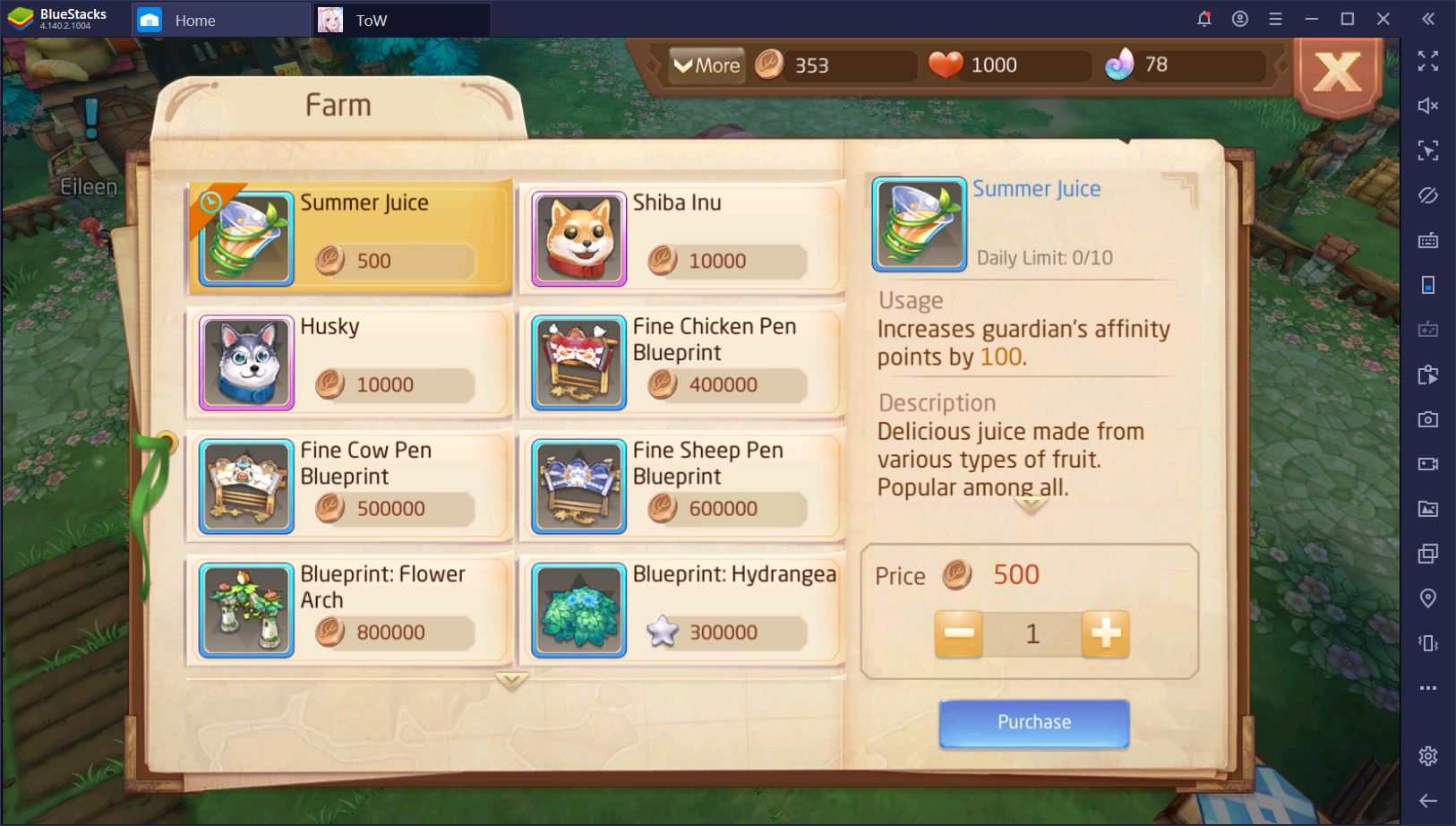
Once you purchase the items, you’ll be able to find them in your character’s inventory bag. To get to the location where you can use them, simply click on one and wait for your character to travel there. The axe and pickaxe will help you obtain materials that you can then use to upgrade your farm’s buildings and decorations, whereas the fishing rod will help you get more fish for Coco.
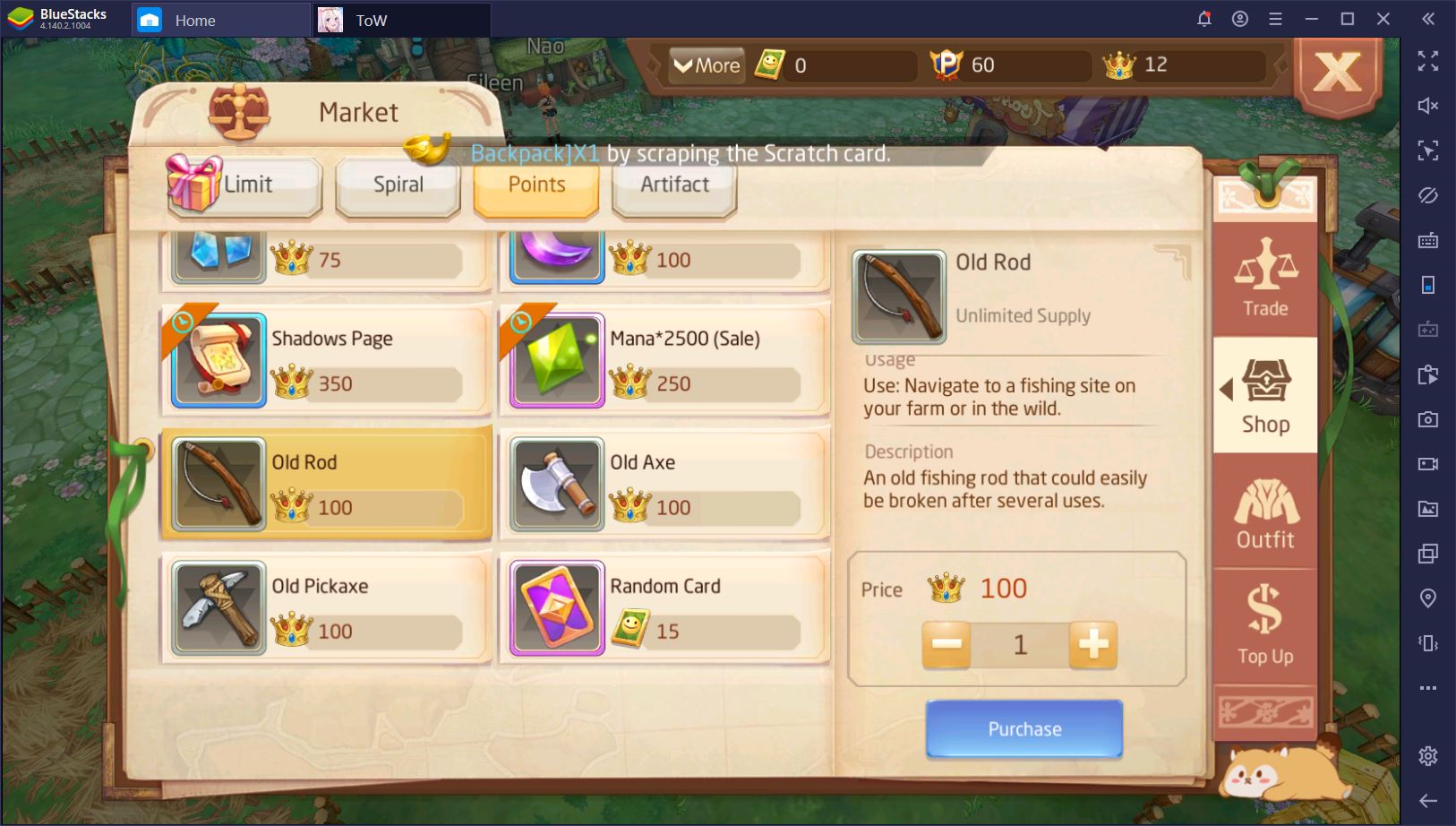
If you’re part of a guild, then you will want to feed the Guild Coco up to 25 times per day. This will increase the bird’s level of joy and, when the meter is maxed out through the contribution of all guild members, will grant the guild master a chest full of goodies. The GM can then distribute these items based on each member’s contribution to the meter. If your guild manages to fill Coco’s joy bar often, there is a chance that more birds will join the grounds and offer even more rewards.
Always Take from Charity… Wait…
Sometimes, you have to rush the production of certain goods inside the Farm. This will cost you Hearts, which you can obtain from the Charity Center based on how beautifully decorated the Farm is. The center is difficult to miss. You’ll find it right next to the chicken pen and will recognize it right away by the giant floating heart above it.

The number of hearts produced by the Charity Center depends on the number of decorations you have purchased for your Farm. However, the hearts are only available for 24 hours once they have been generated, so you should visit the center each day in order to avoid any waste.
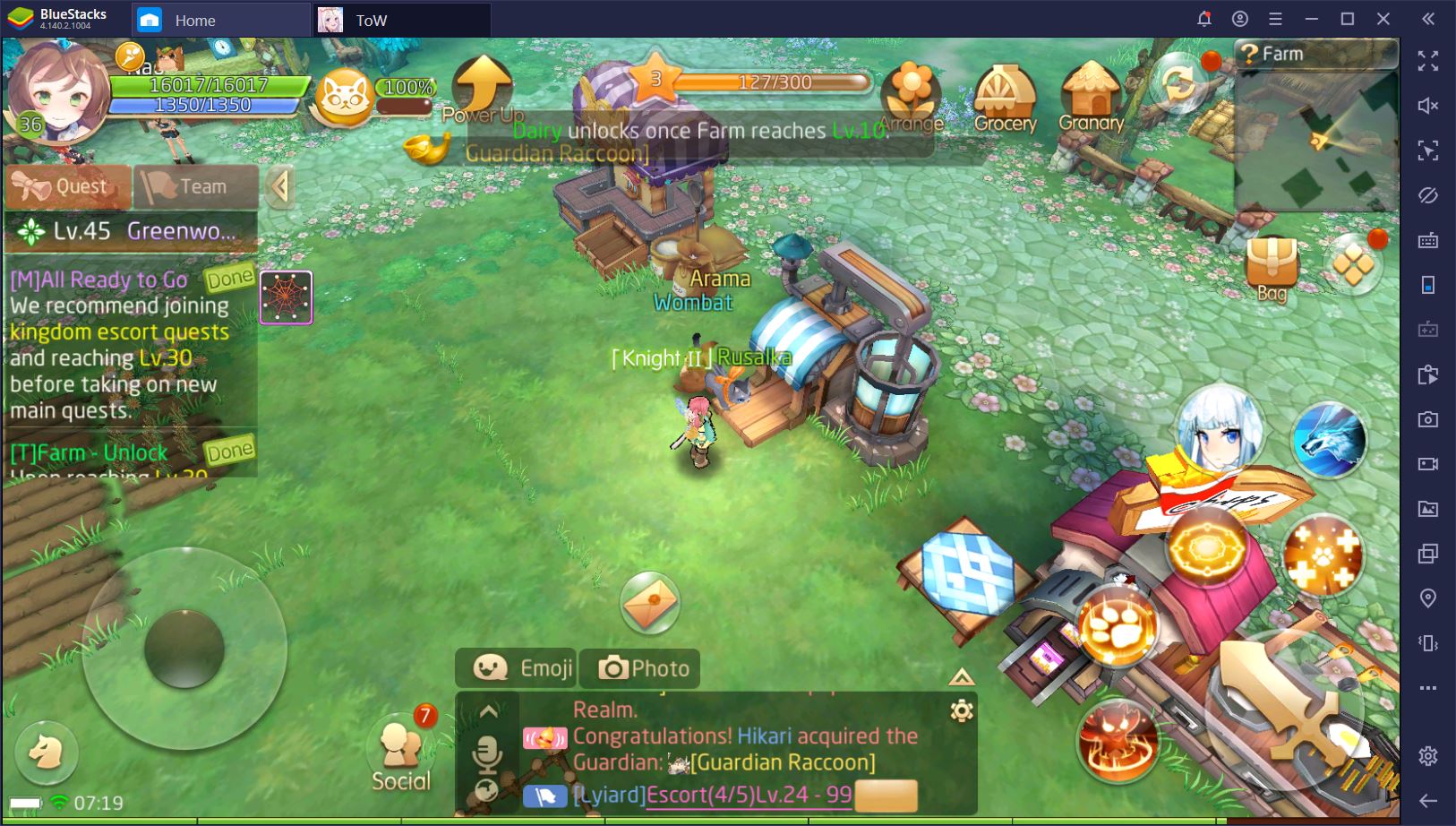
As your Farm grows bigger and more beautiful, even more features will be unlocked for you to play with. Among other things, you’ll be able to build your very own Bakery and start using basic goods to produce more complex products. Remember to check in everyday to fulfil customer orders and gain additional coins and EXP. While you’re at it, you can also try playing Tales of Wind on BlueStacks and use the emulator’s nifty tool to automate much of the farming process.


